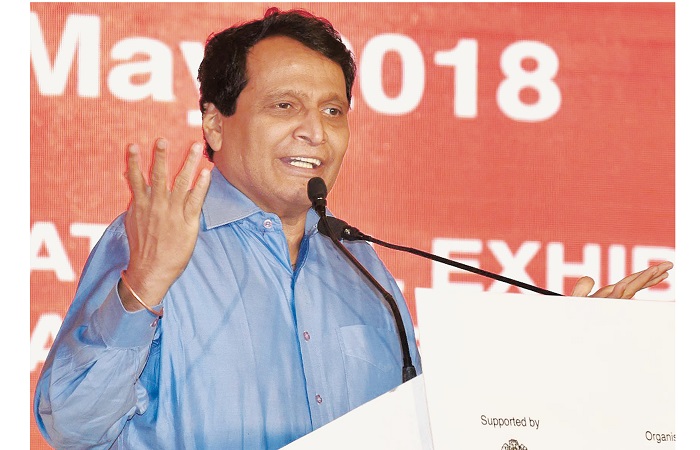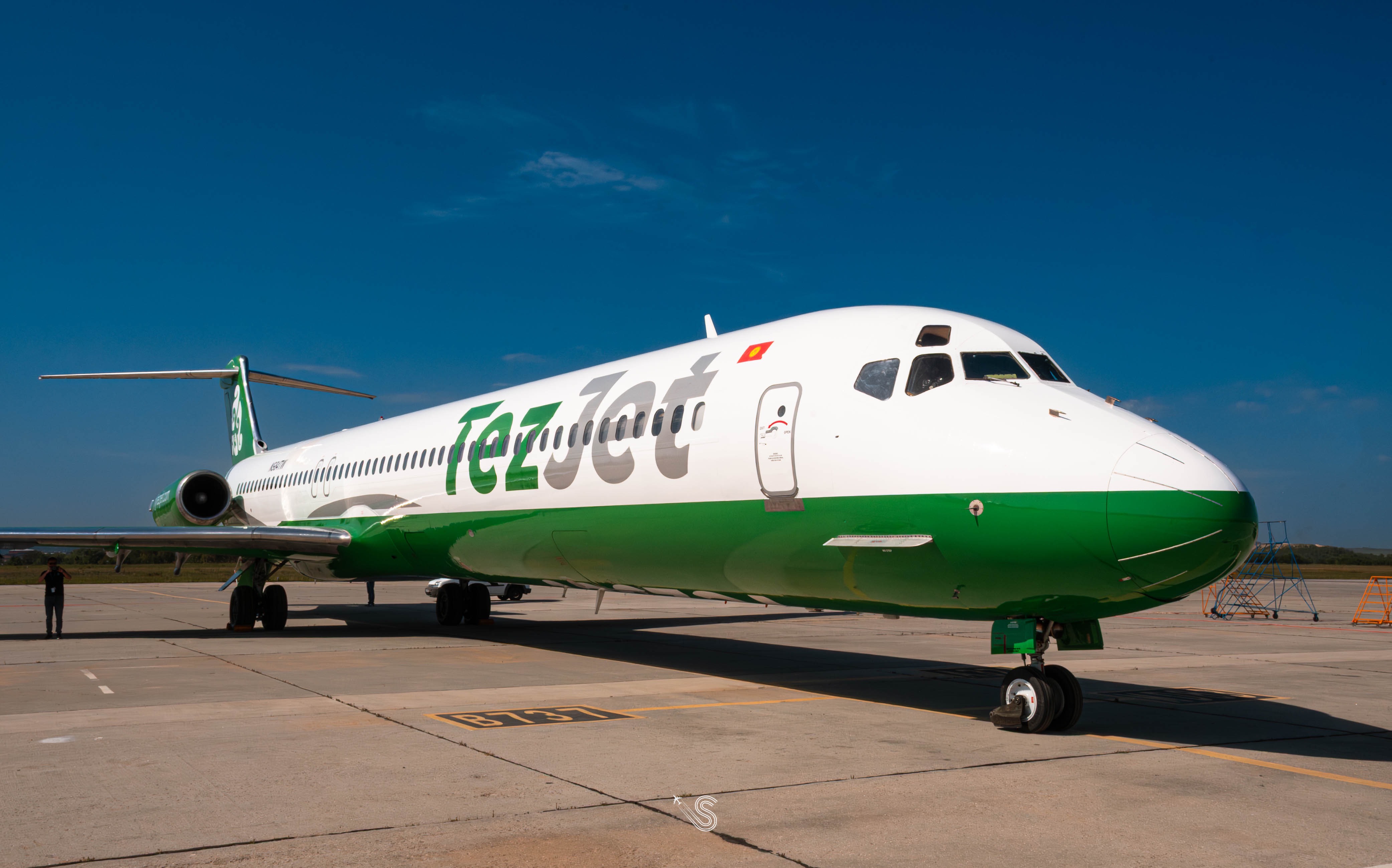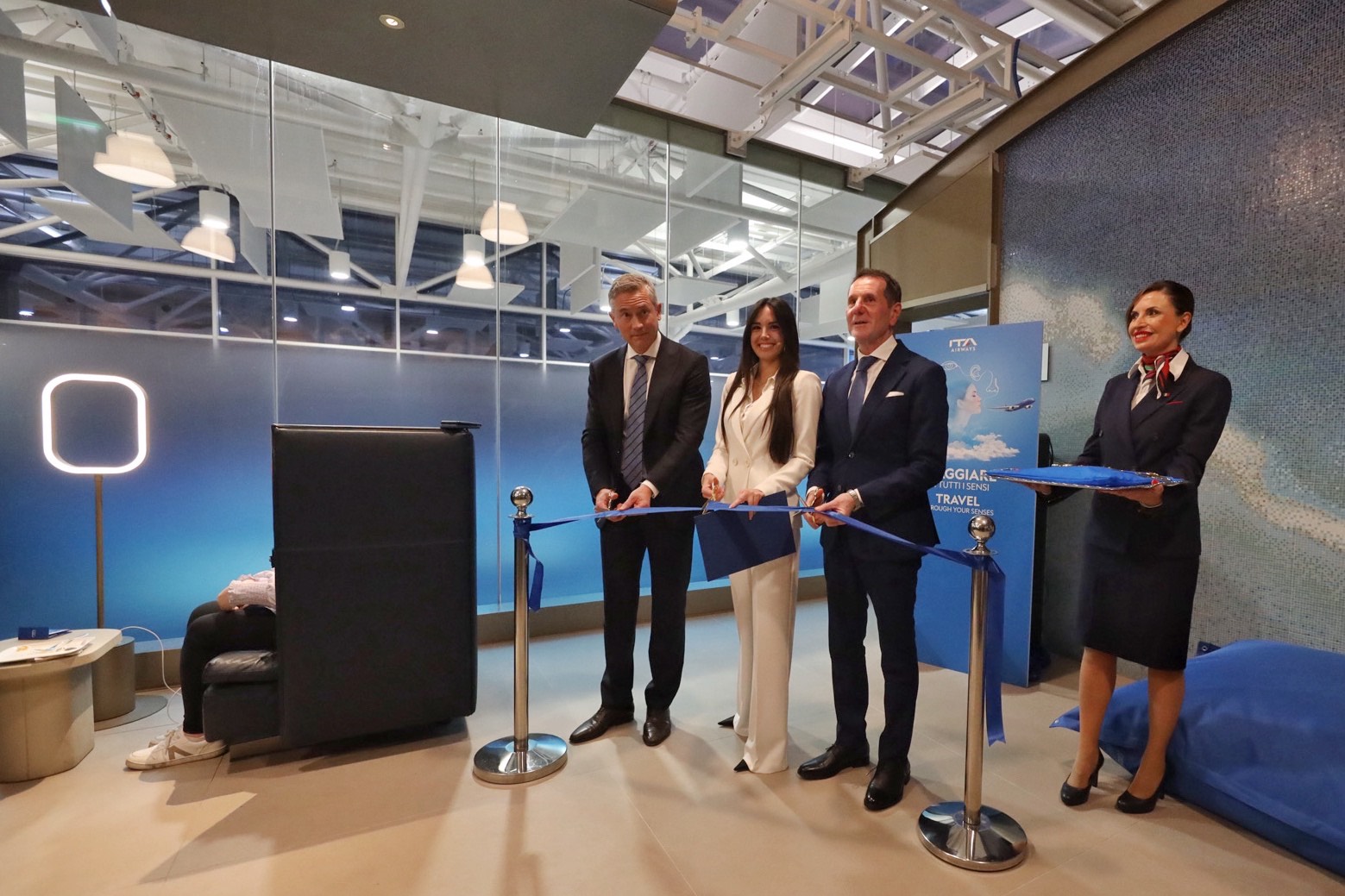Sharing the achievements of Ministry of Civil Aviation (MOCA) in the last four years, Suresh Prabhu, Minister of Civil Aviation, revealed that the government is reviewing the status of Air India disinvestment despite not receiving any bids till the deadline of May 31, 2018.
Nisha Verma
Best years for aviation
The Prime Minister had set an ambitious agenda for the aviation sector with a driving force that connectivity once provided would yield great results for the aviation sector in India. Sharing details about improved connectivity, Prabhu said, “The destinations and number of people travelling by air now has increased manifold. Some of the pathbreaking initiatives attributed are Ude Desh ka Aam Nagrik (UDAN) scheme for regional connectivity, which was conceived to connect smaller towns to major cities. As a result, even those who could only dream of seeing an aircraft and couldn’t afford to travel by air, can now fly.”
Reviving Air India
As the country’s flag carrier, the government is responsible to keep Air India healthy, efficient and forward-looking. Currently suffering from quite a few legacy issues like huge debts, the bottom line gets affected as there is a large interest cost to pay. In view of this, the government decided to invite a strategic investor for the airline, which did not happen. “Headed by Finance Minister Arun Jaitley, we reviewed the situation and discussed the recent changes in the aviation industry including the fuel cost. Meanwhile, a plan is being prepared by the airline management to ensure that Air India continues to operate efficiently,” said Prabhu.
“Under NABH Nirman scheme entailing a comprehensive programme to build billion trip airport capacity, we are already working on modernisation of airports”
National Civil Aviation Policy 2016
Heralding India into a new era of aviation, the National Civil Aviation Policy is fully under implementation. Most of it has already been implemented and resulted into new areas getting connected. While the number of travellers has increased, fares have also come down. Owing to this, people who travelled in an aircraft for the first time have also increased.
NABH Nirman
Prabhu explained, “Under NABH (Nextgen Airports for Bharat) Nirman scheme entailing a comprehensive programme to build billion trip airport capacity, we are already working on modernisation of airports. In fact, new airports are being created in the next few years.” Airport expansion is necessary to sustain the expansion of airlines’ fleet and increase in the number of passengers. The big challenge, Prabhu believes, is the availability of land. Hence, MOCA is in consultation with experts within India as well as outside, to find out ways to create new airports with less land.
For a brighter future
Prabhu shares that a policy is being framed on making drones in India. “While we are making this policy, we are also talking to top players in the world who are manufacturing in India. This will be a Make in India programme, and add value, create jobs and create a domestic industry which can be used as a launching pad for global markets.”
Aiming for the best airports in the world

In the last four years, the passenger trips in India have doubled from 10 crores to 20 crores. With increasing numbers, we are ensuring that airports in India are some of the best in the world in terms of service and design. Under UDAN, we have connected smaller airports like Jamshedpur to big cities. We believe that the 100th airport will be Pakyong in Sikkim. 32 more airports are yet to be covered under UDAN. We also inaugurated the Air Sewa App for addressing the grievances of customers in the aviation sector, under which 10,000 complaints have been filed whose closure rate has been 96 per cent. Besides, the operating turnover of Air India has been excellent in terms of load factor, on-time performance and flight plane utilisation.
 TravTalk India Online Magazine
TravTalk India Online Magazine





